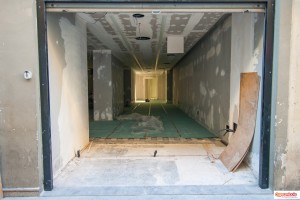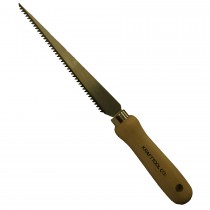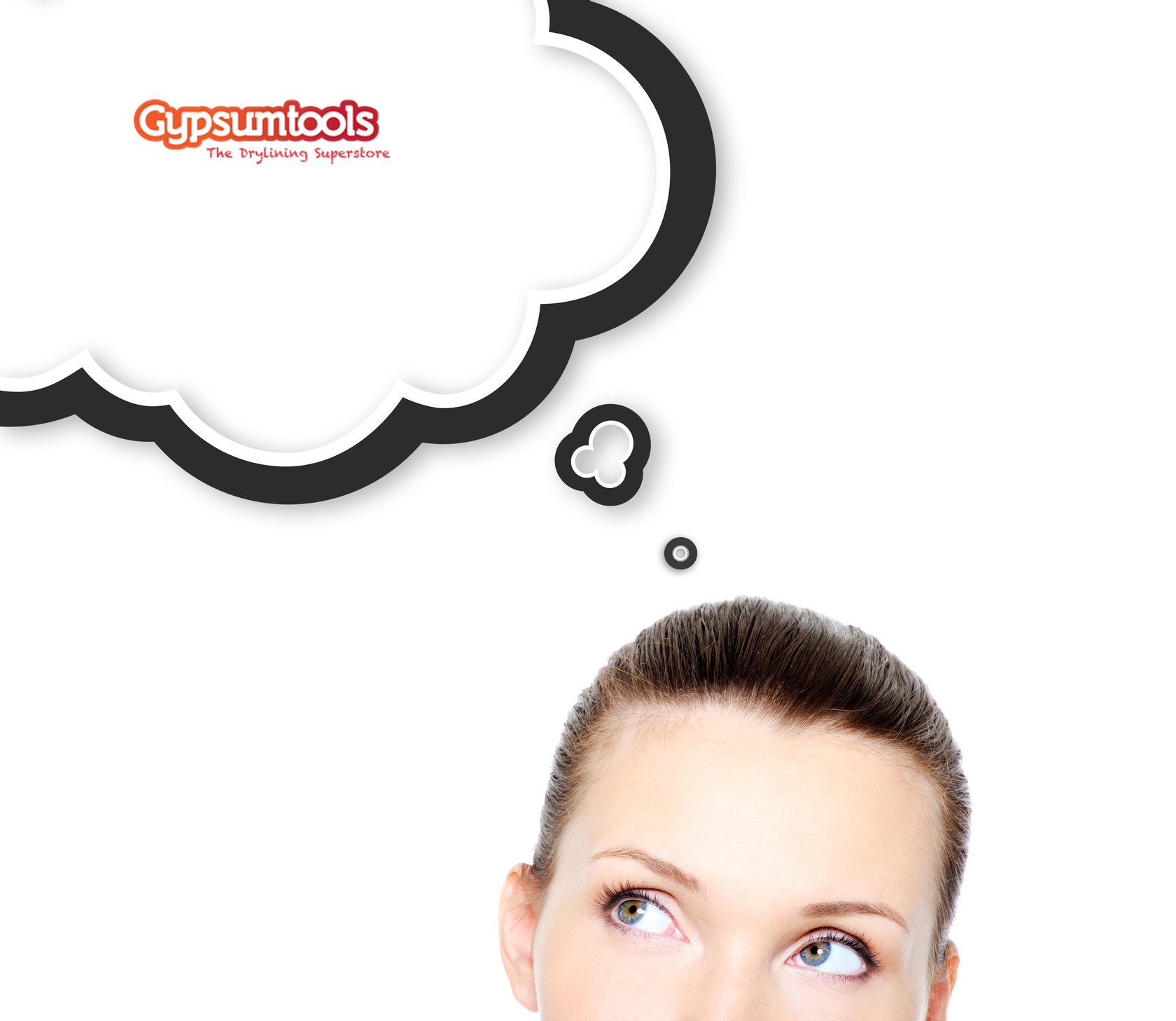Whether you’re a DIY enthusiast or a professional plasterer, if you’ve just put up a drywall, it can be a pretty laborious task, so, you’ll want to make sure the job is finished well. This means you’ll want the right drywall taping tools for sealing those joints and filling any nail holes that are left behind.
At Gypsumtools, we’ve got a wide selection of drywall taping tools for sale, including some Level 5 affordable taping tool sets that should help you get the job done in no time, leaving a perfectly smooth finish that’s guaranteed to last.
A great way to get started with your drywall taping is to buy one of our kits which contains everything you could need. For instance, the Level 5 pro-finishers set is perfect for those who like to finish their drywalls by hand. It includes 10” and 12” Flat Box Drywall Taping Tool, Box 42” Handle and Drywall Compound Pump with filler nozzle.
If it’s value for money you’re looking for, then try our Level 5 mega bundle, which includes automatic taper, compound pump, gooseneck, 2” nail spotter, corner finisher, corner applicators and corner roller.
We also stock a useful drywall taper with wood and web handle which has a large mud capacity and holds all 500’ rolls of tape, with an adjustable slide/ blade to regulate the mud, cutting the tape quickly and cleanly.
There are also some other bits and pieces you may want to make sure you have to hand before you start:
- Cement pan (or mud pan)… A good cement pan should be made of metal, rust resistant and easy to clean, with thin edges, tapered ends and side to enable easy knife cleaning and it should be simple to hold in one hand, while you go to work with your taping knife in the other.
- Paper drywall tape… this is designed to cover the seams in the drywall, which is then held in place by the joint compound (or mud, as some like to call it). The tape should be strong, as well as being tear and water resistant. Drywall tape often has a rough rugged surface to maximise the adhesion to the joint compound.
- A good taping knife.. the 10 and 12-inch taping knives are great for finishing the job and feathering the edges. If you check out the drylining tools for sale that we have in stock, both online and at our trade counter, you’ll find a comprehensive range including ones by popular plastering brand Marshalltown. These taping knives have both a durasoft handle to give added durability and reduce fatigue, with a tempered stainless steel blade.
- Steel knife.. this should be no wider than five inches to allow the tape to be fastened within the recessed area of a joint.
- Corner trowel … to enable you to apply the compound to both sides of a 90 degree corner at the same time, saving you time and effort and leaving a smooth finish.
And remember, our staff are always on hand and available to help you with any of your drywall taping tools or plastering tools questions, needs or requirements. We’re always happy to help, so come and visit us at our Leicester trade counter, or if you’re shopping online, why not give us a call?
Find out how you can make huge savings on our taping tools with our Taping Tool Kit Builder, featuring DeWalt and Level 5 taping tools.








